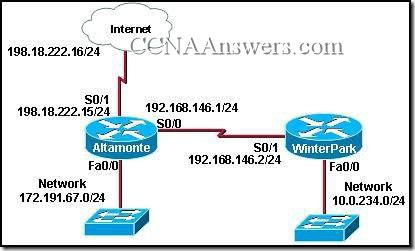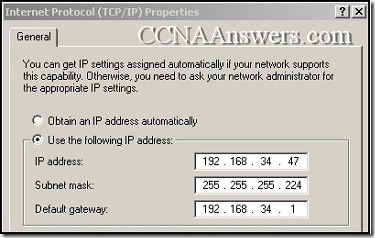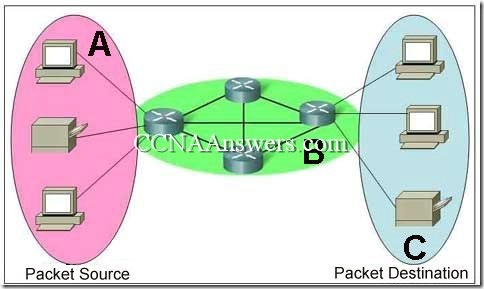CCNA 2 Chapter 3 V4.0 Answers
1. Which two statements correctly describe the concepts of administrative distance and metric? (Choose two.)
Administrative distance refers to the trustworthiness of a particular route.
A router first installs routes with higher administrative distances.
The value of the administrative distance can not be altered by the network administrator.
Routes with the smallest metric to a destination indicate the best path.
The metric is always determined based on hop count.
The metric varies depending which Layer 3 protocol is being routed, such as IP or IPX.
2.
Refer to the exhibit. Which statement correctly describes how R1 will determine the best path to R2?
R1 will install a RIP route using network A in its routing table because the administrative distance of RIP is higher than EIGRP.
R1 will install a RIP route using network A in its routing table because the path cost from RIP is lower than EIGRP.
R1 will install an EIGRP route using network B in its routing table because the administrative distance of EIGRP is lower than RIP.
R1 will install an EIGRP route using network B in its routing table because the path cost from EIGRP is lower than RIP.
R1 will install an EIGRP route and a RIP route in its routing table and load balance between them.






